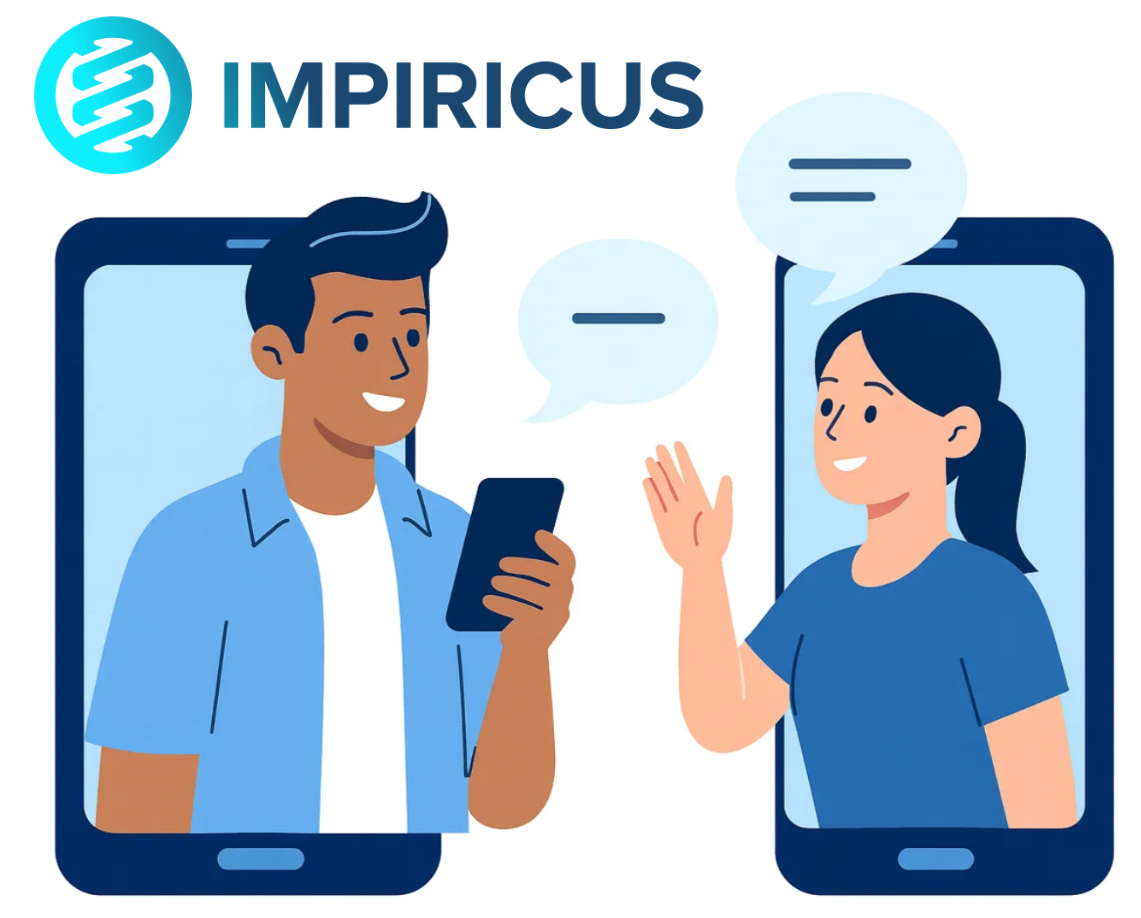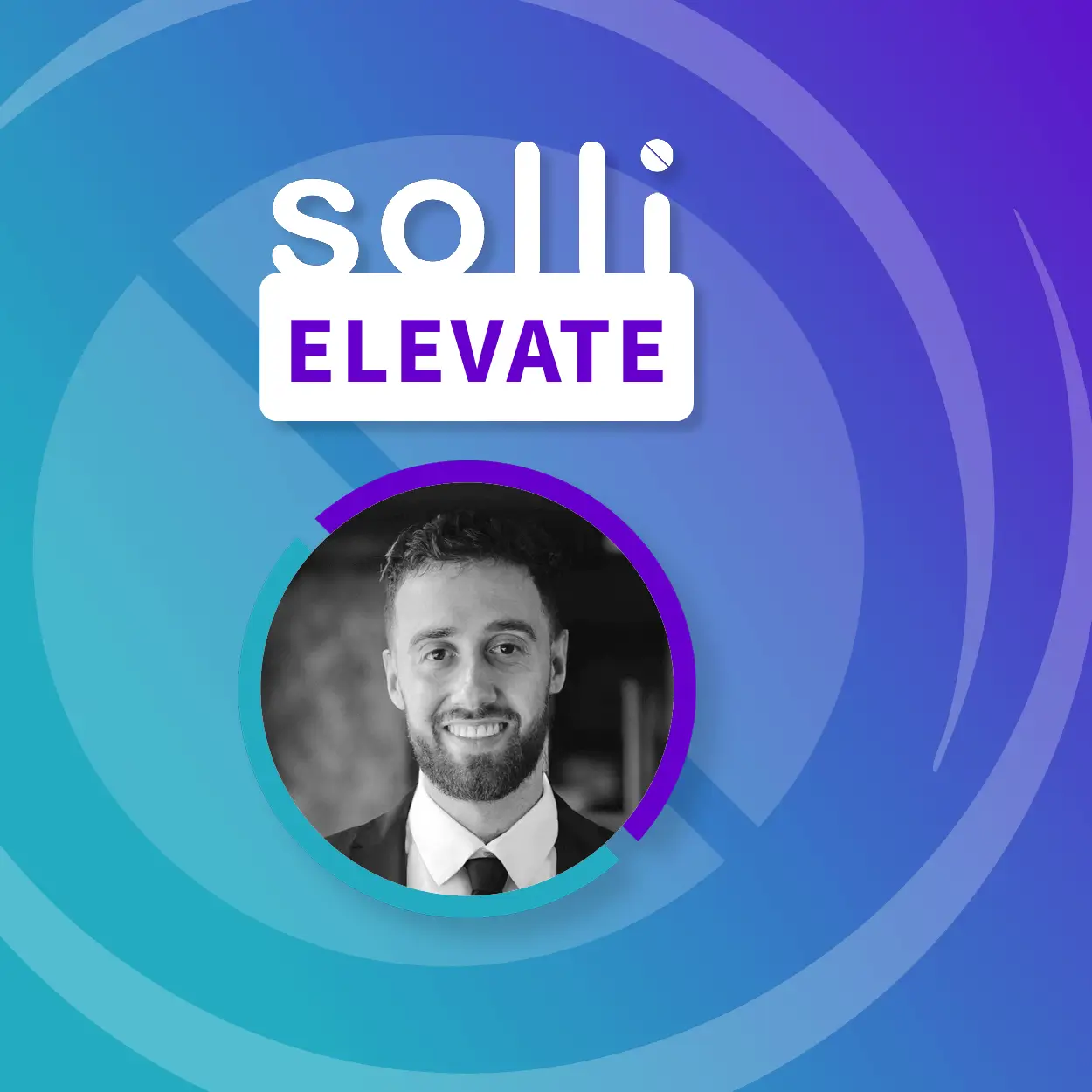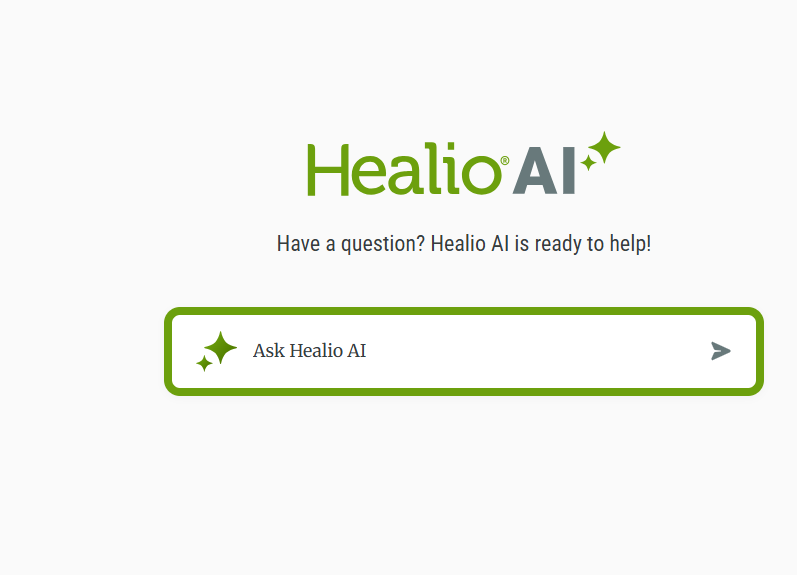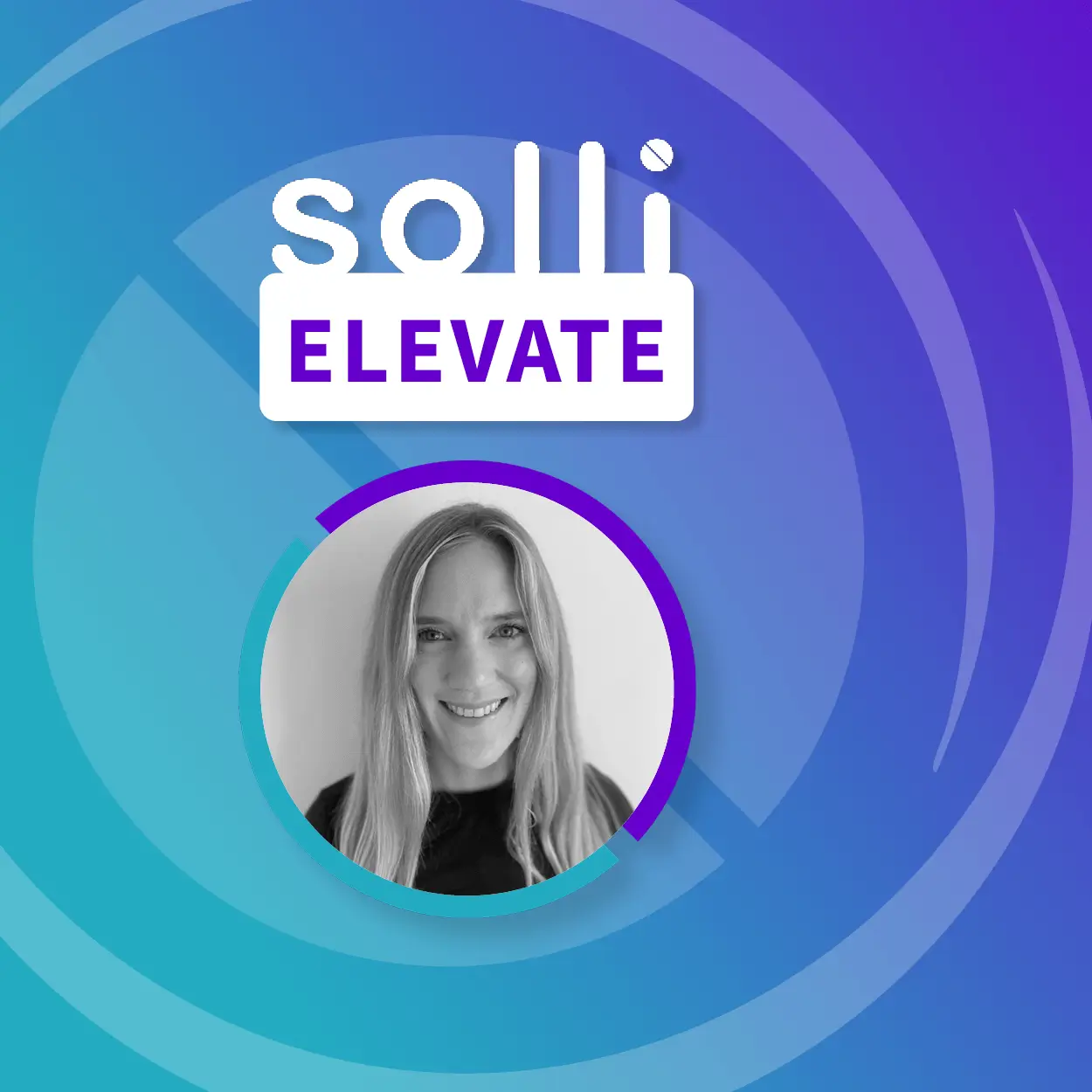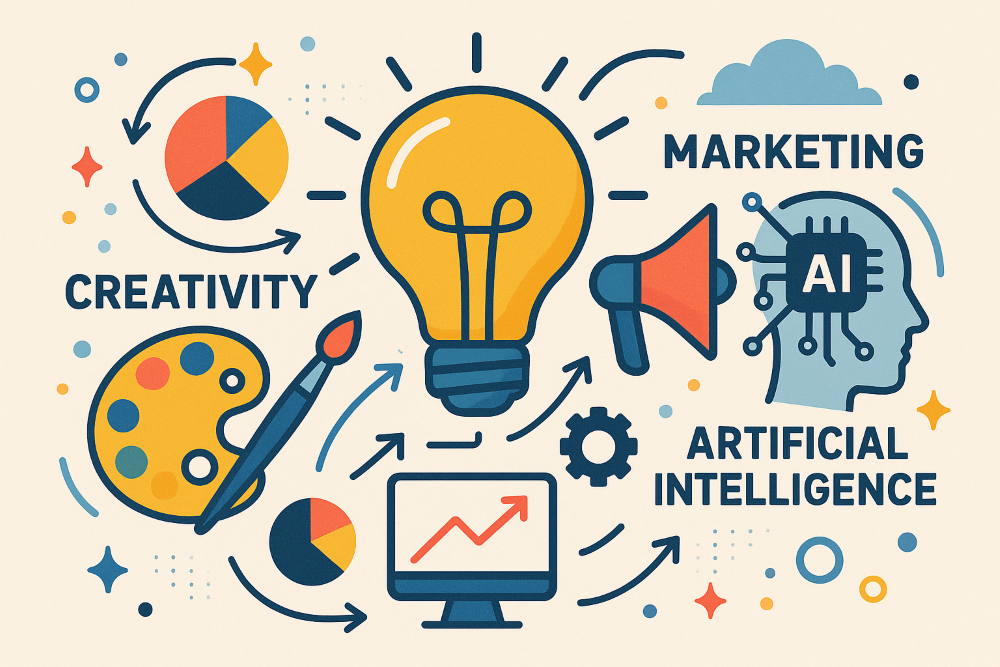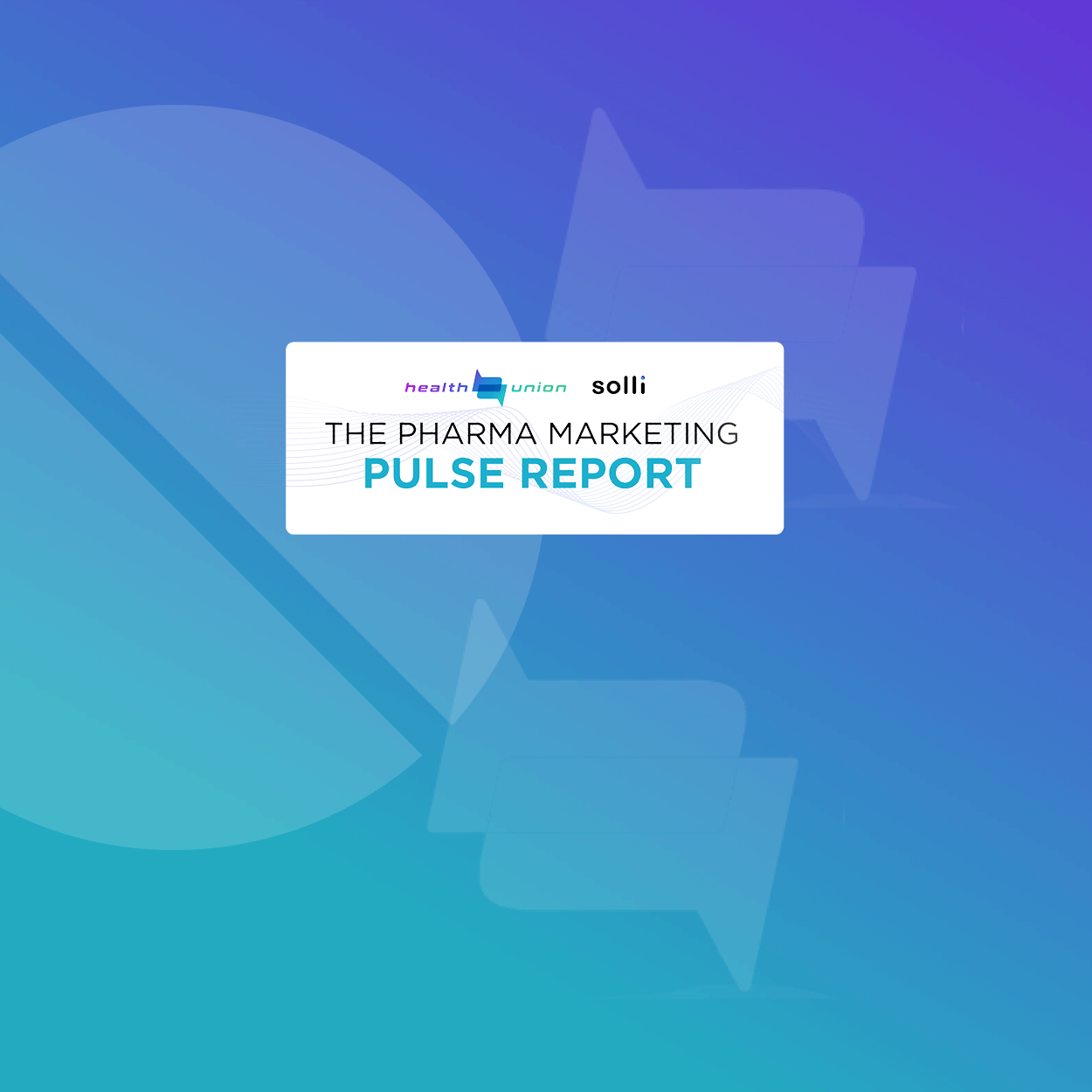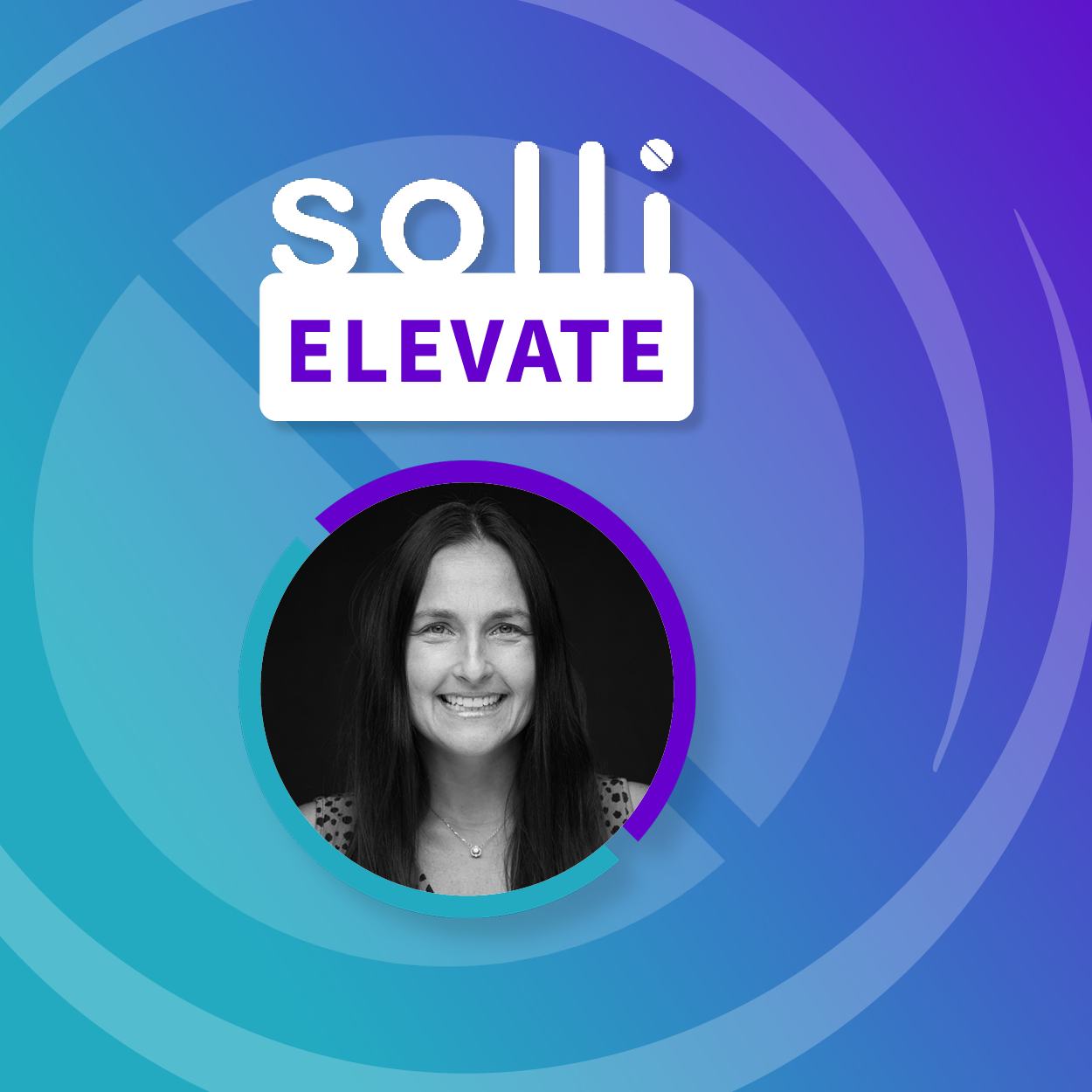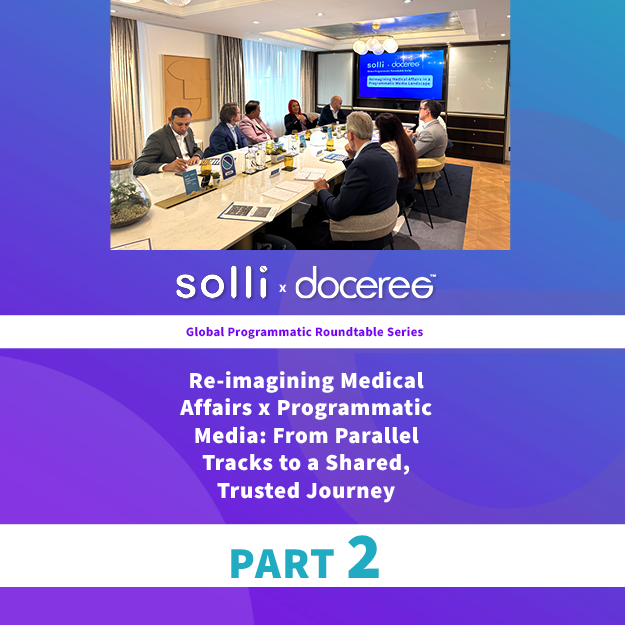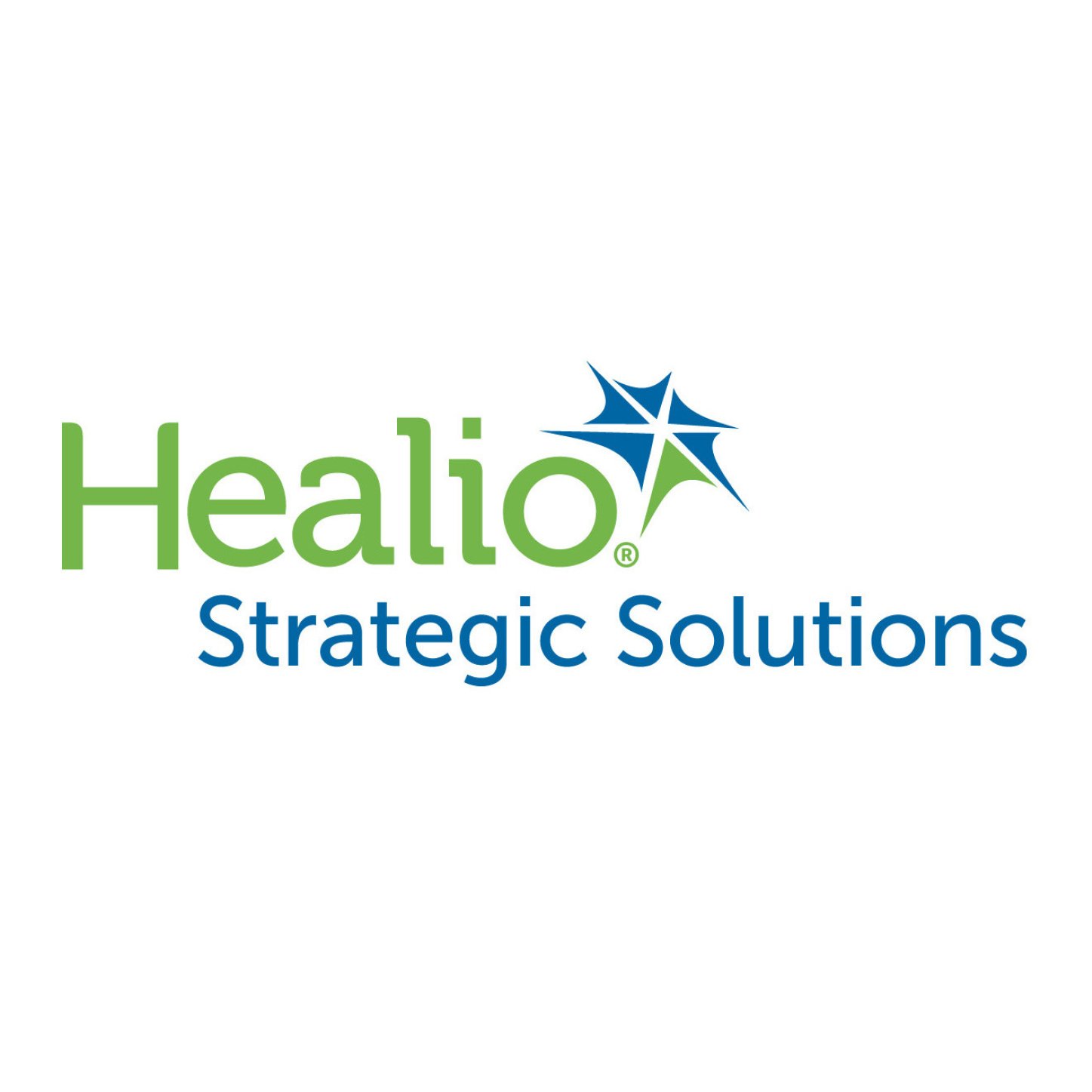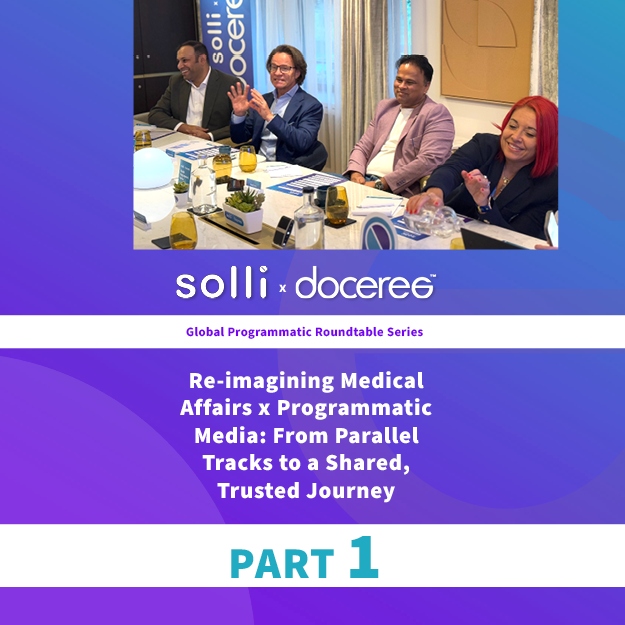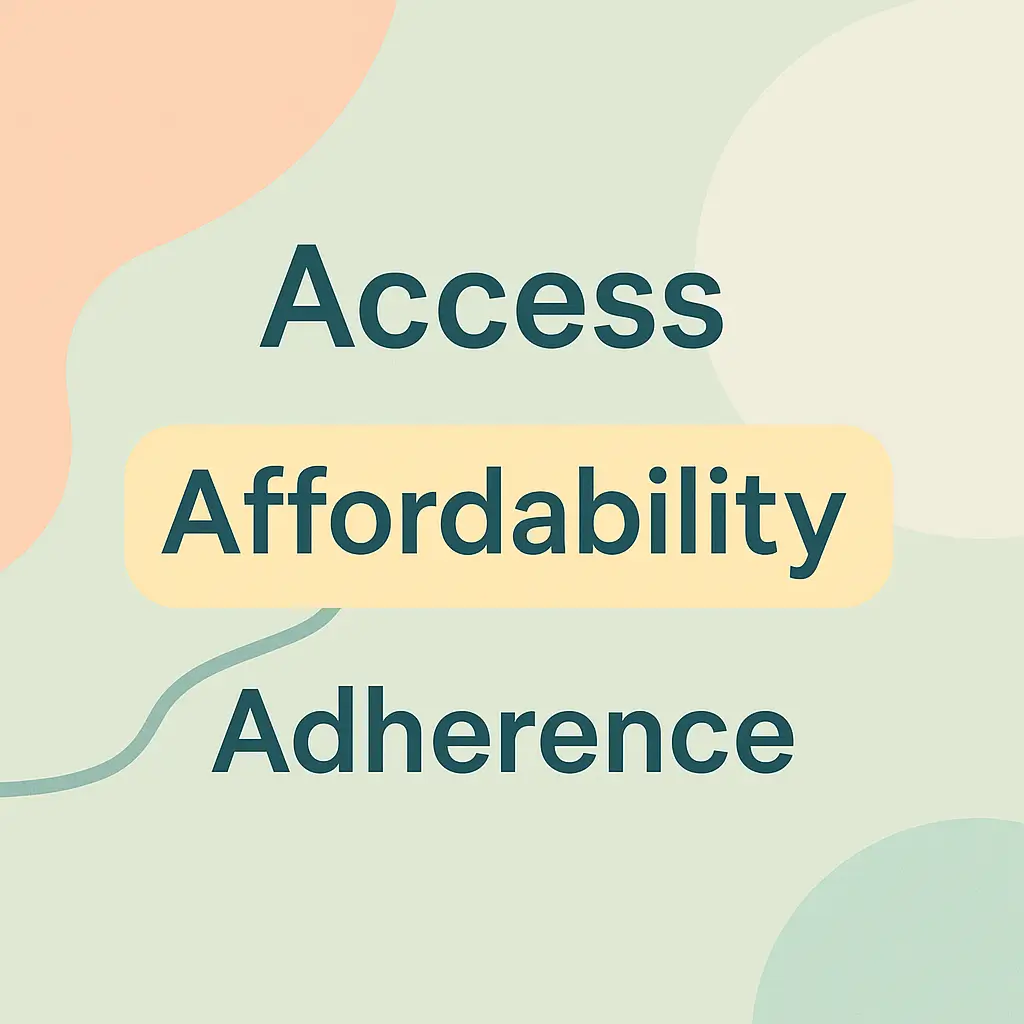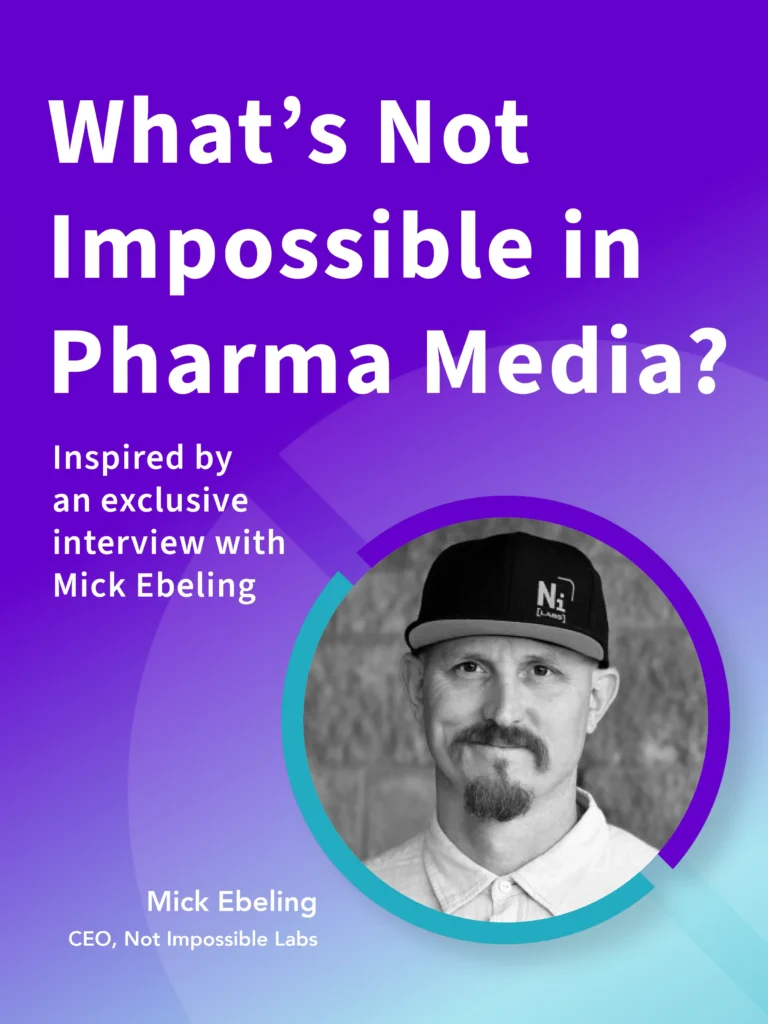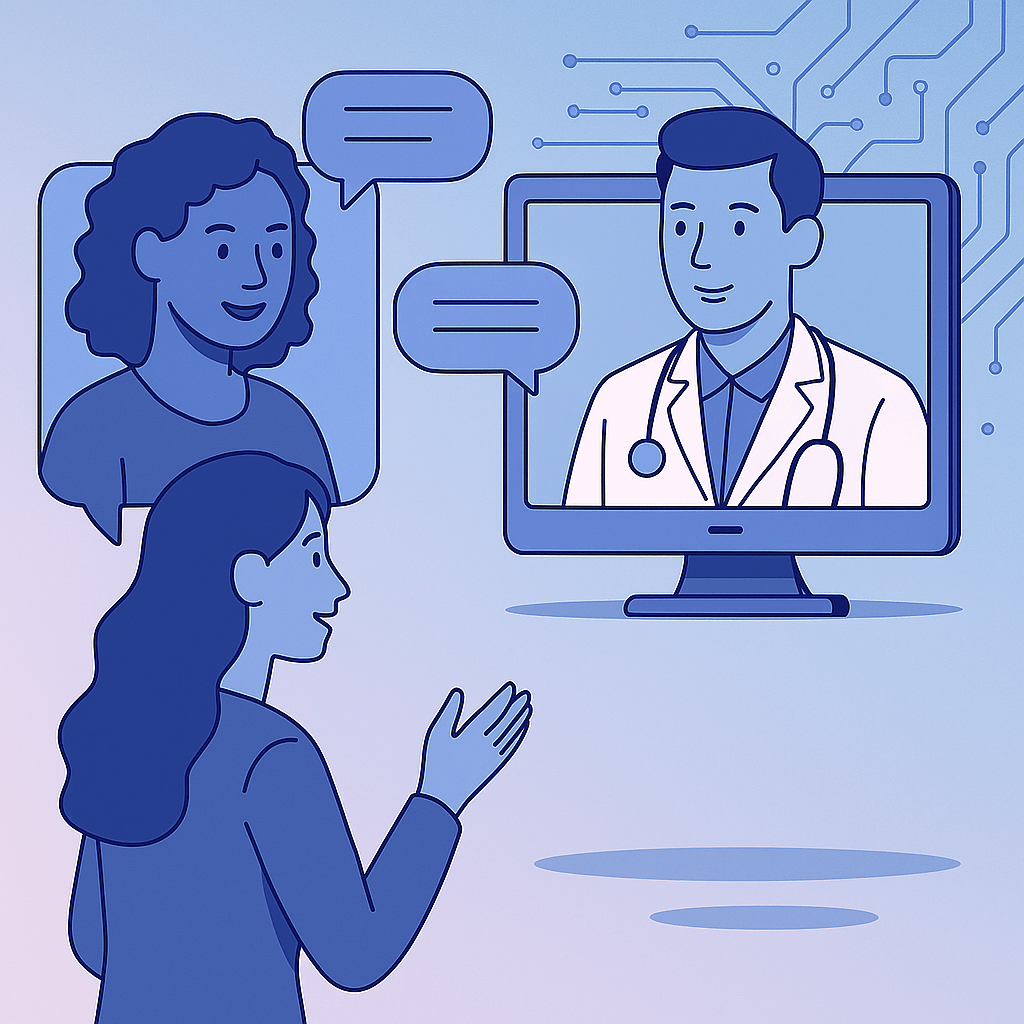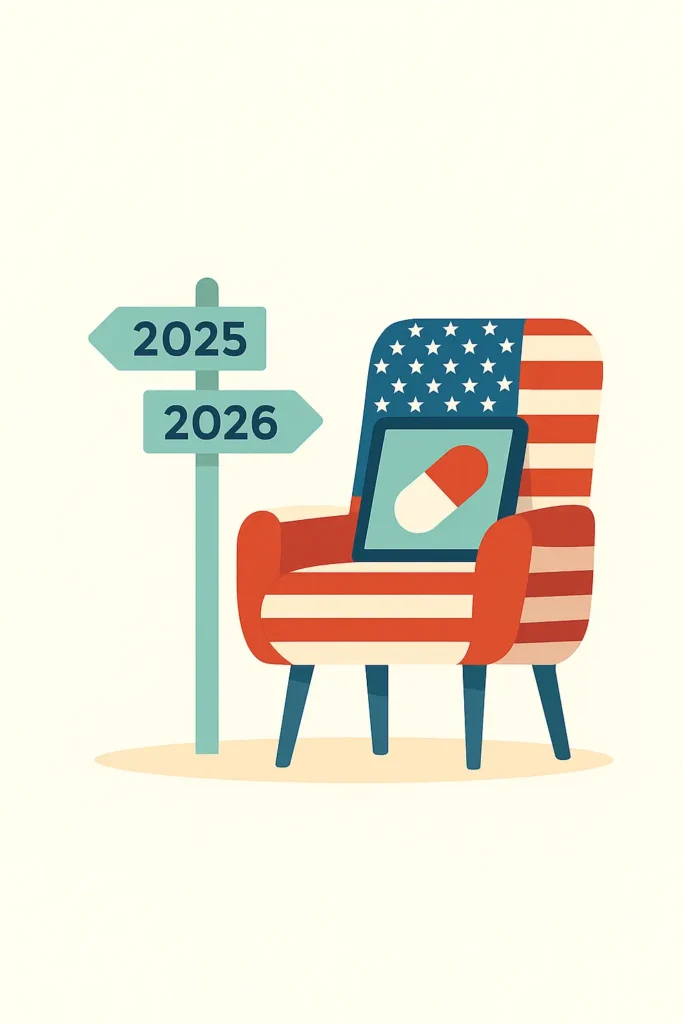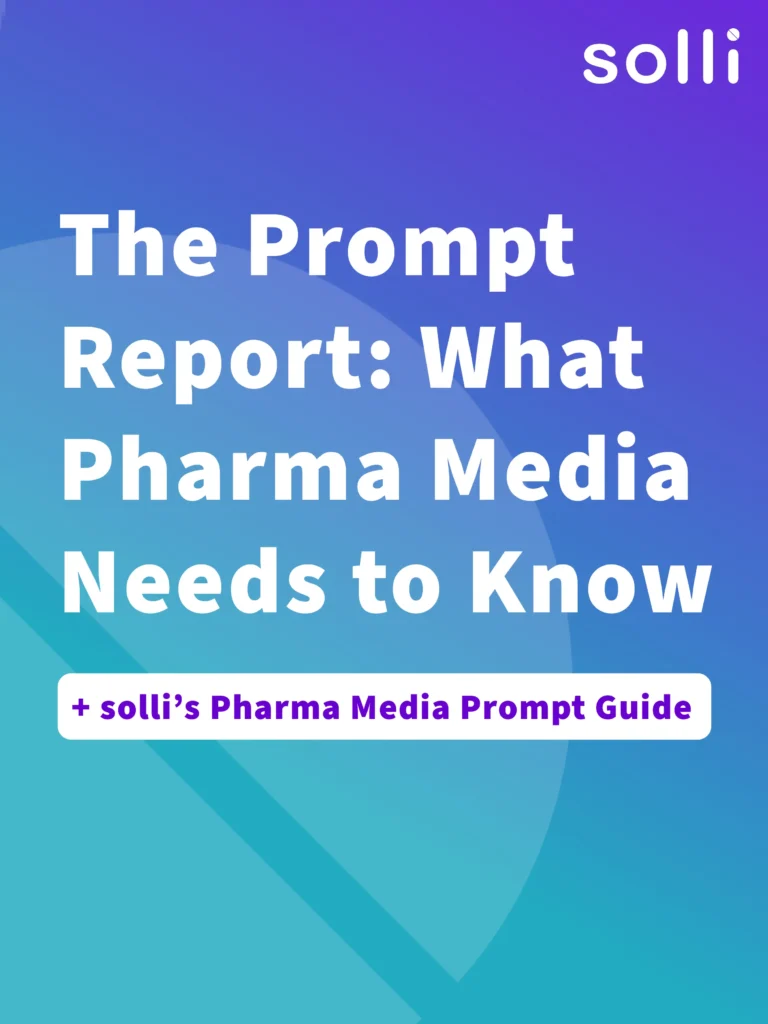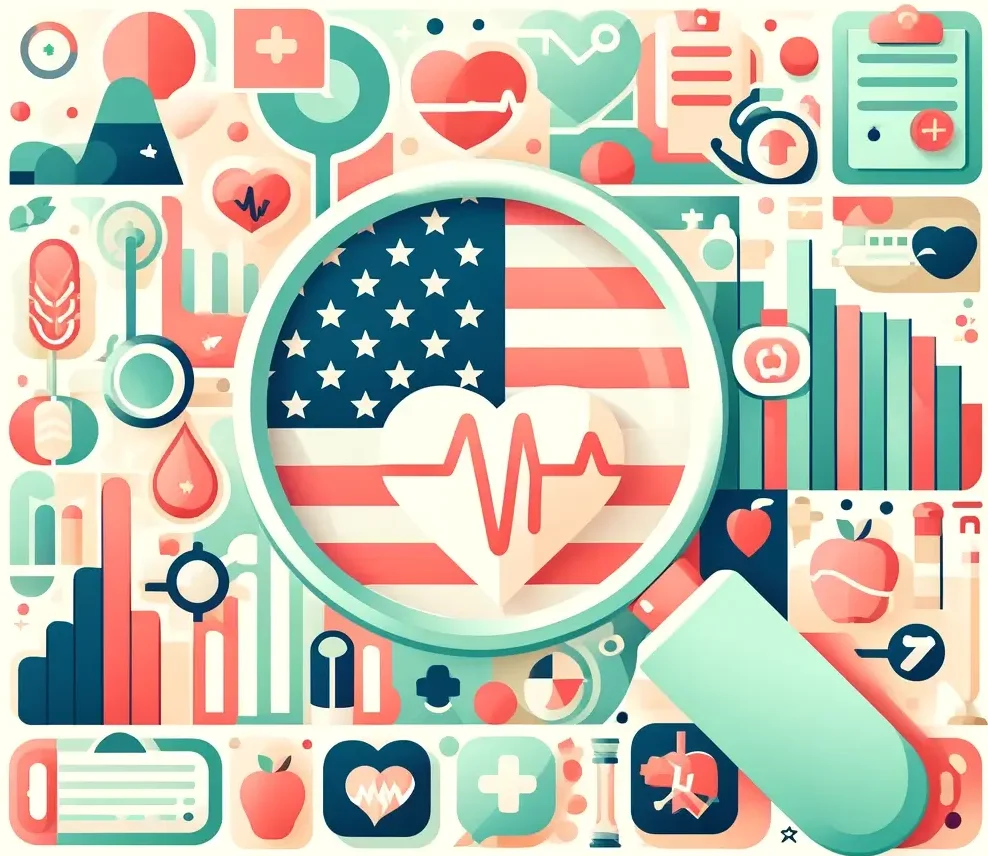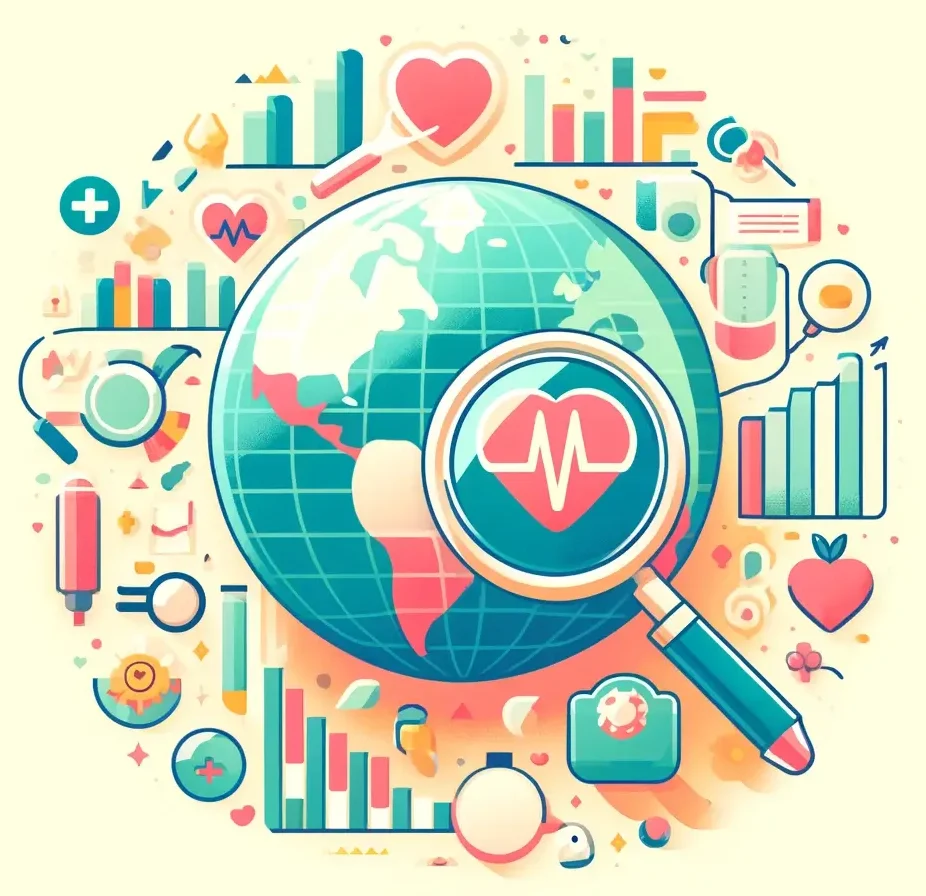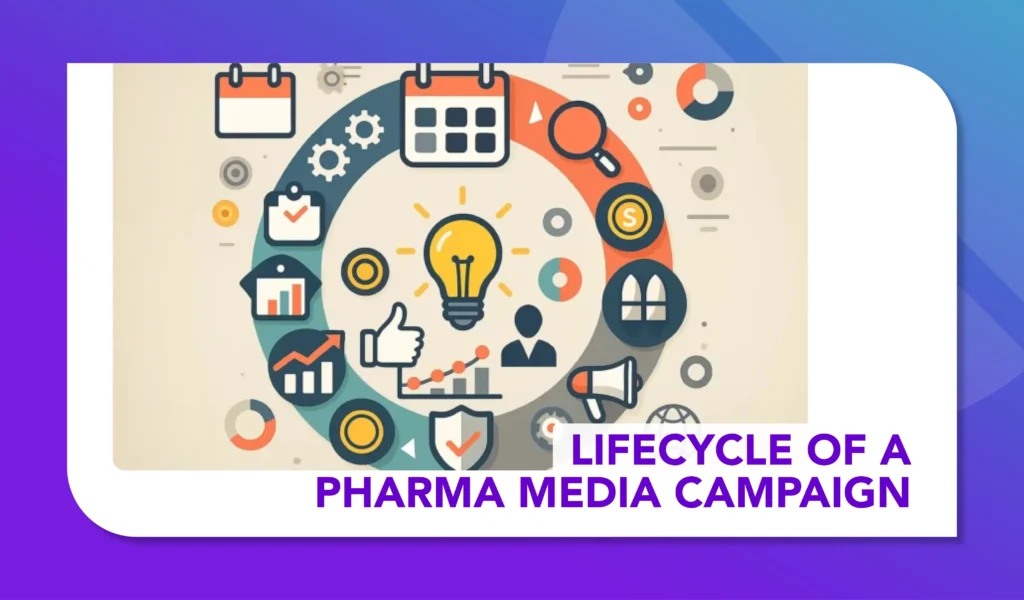23 Free Health Data Tools to Elevate Your Media Strategy
Harness these free tools to gain deeper insights and deliver exceptional media campaigns
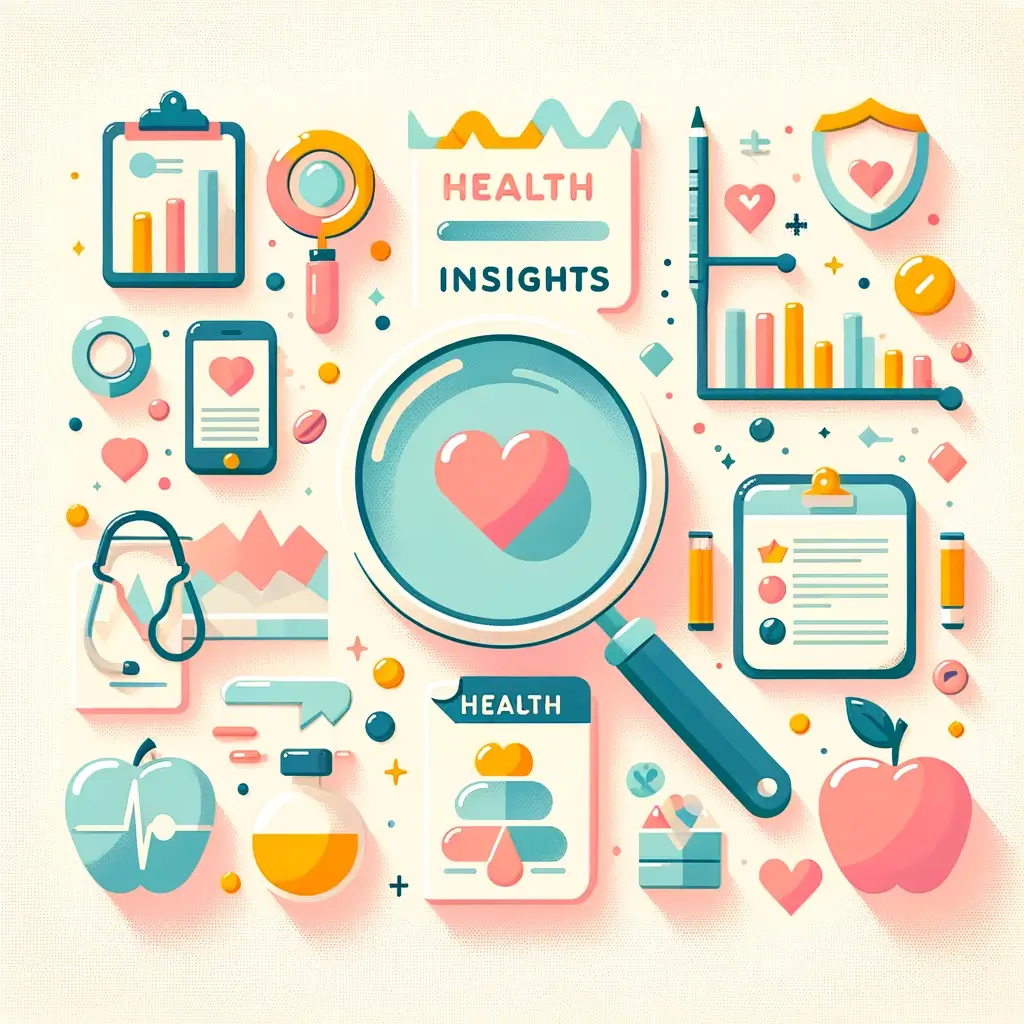
Crafting media campaigns that move people to action requires innovative strategic insights. This holds true for pharma clients writing briefs and making decisions, agencies crafting new approaches and integrated campaigns, and publishers responding to RFPs and briefs with compelling responses.
By leveraging comprehensive and reliable data sources, strategists can uncover valuable insights into health trends, demographics, and disparities. This can drive campaigns that cut through with target audiences and contribute to meaningful health outcomes.
However, in the global pharma media space, accessing the latest research can often be challenging or prohibitively expensive. But what if there was a list of free, accessible resources for exploring health data relevant to the brand challenge at hand?
Here are 23 free resources to help do just that…
(Hint: Save to my.solli and refer back to this over time)
US Government-Associated Resources
- CDC WONDER – (Link)
- Synopsis: Provides access to a wide array of public health data for the U.S., including epidemiology and demographics.
- Example Usage: Identify health trends and target specific demographics with tailored health messages.
- U.S. Census Bureau – (Link)
- Synopsis: The U.S. Census Bureau’s platform provides detailed demographic, economic, and population data.
- Example Usage: Understand the demographic landscape, build custom maps and craft campaigns that resonate with specific geo communities.
- Healthy People 2030 – (Link)
- Synopsis: Provides science-based, 10-year national objectives for improving the health of all Americans through 359 core objectives.
- Example Usage: Align campaign goals with national health objectives to support or align with public health initiatives.
- HRSA Data Warehouse – (Link)
- Synopsis: Offers data on health centers, shortage areas, and other health-related programs for underserved populations.
- Example Usage: Browse Maps, Fact Sheets and HRSA Data to focus campaigns on underserved areas and highlight services available through HRSA programs.
- National Center for Health Statistics – (Link)
- Synopsis: Provides statistical information to guide actions and policies to improve the health of the American people.
- Example Usage: Dive into evidence-based health data such as Health Insurance coverage, family growth EHR surveys and more on the NCHS site.
- Behavioral Risk Factor Surveillance System – (Link)
- Synopsis: The world’s largest ongoing health survey system, tracking health conditions and risk behaviors in the U.S.
- Usage: Identify and target key health risk behaviors in your audience for more effective health promotion.
- HealthData.gov – (Link)
- Synopsis: Offers high-value health data, tools, and resources from across the U.S. federal government.
- Example Usage: Access a broad range of health datasets to base your campaign strategies on historic & future looking trends.
- Office of Minority Health – Minority Health Social Vulnerability Index – (Link)
- Synopsis: Provides data and tools to assess the impact of social factors on the health of minority communities.
- Example Usage: Utilize SVI data to understand and address the specific needs of minority populations in your health campaigns.
- National Institutes of Health – (Link)
- Synopsis: The NIH is the primary agency of the United States government responsible for biomedical and public health research. It offers a vast array of health data, research findings, and statistical information.
- Example Usage: Utilize NIH resources across their Institute for deeper-dives into specific topics such as National Institute of Minority Health and Health Disparities (NIMHD); National Cancer Institute (NCI); National Library of Medicine (NLM).
US Independent Resources
- DiversityDataKids.org – (Link)
- Synopsis: Offers data and research on child well-being and equity, focusing on the impact of social policies on health disparities.
- Example Usage: Highlight health disparities in campaigns to improve child health and equity.
- The Commonwealth Fund – (Link)
- Synopsis: Conducts independent research on health policy and practice, including health system performance and health equity.
- Example Usage: Develop informed campaigns that addresses health policy and system improvements across all medical & social areas.
- Robert Wood Johnson Foundation Data Hub – (Link)
- Synopsis: Provides data on health disparities and social determinants of health.
- Example Usage: Integrate social determinants of health into campaign narratives to emphasize the broader impact of health initiatives.
- Kaiser Family Foundation – (Link)
- Synopsis: Offers health policy analysis, polling, and journalism to understand health issues, including health disparities and DEI.
- Example Usage: Learn more about Health Policy to help maximise media campaigns for your brands
- Data USA – (Link)
- Synopsis: Provides comprehensive visualizations of U.S. public data, covering a wide range of topics including demographics, health, and economy.
- Example Usage: Use Data USA to access and visualize detailed health data at national, state, and local levels, helping to tailor campaigns to specific regions and demographics.
International Resources
- WHO Global Health Observatory – (Link)
- Synopsis: Provides data and analyses on global health priorities, including country profiles and health trends.
- Example Usage: Compare global health trends and align international campaigns with global health priorities.
- World Bank Health Data – (Link)
- Synopsis: Provides extensive data on global health, including health financing and outcomes.
- Example Usage: Understand health economics and craft campaigns that understand the financial aspects of healthcare.
- OECD Health Data – (Link)
- Synopsis: Offers a wide range of statistics on health, health systems, and health expenditures across OECD countries.
- Example Usage: Benchmark health systems and performance internationally in order to plan budgets, approach & tactics.
- UN Data – (Link)
- Synopsis: A comprehensive source for global data, including economic, social, and environmental statistics.
- Example Usage: Emphasize the interconnectedness of health with other social and economic factors in your campaigns.
- Eurostat – (Link)
- Synopsis: Provides high-quality statistics on European countries, including healthcare data.
- Example Usage: Understand health trends within Europe, alongside wider macro-economic drivers, and tailor campaigns accordingly.
- Gapminder – (Link)
- Synopsis: Offers interactive tools and data to explore global development trends, including health data.
- Example Usage: Visualize global health trends to make compelling data-driven arguments in your campaigns.
- Institute for Health Metrics and Evaluation – (Link)
- Synopsis: An extensive catalog of health-related data, including surveys, registries, and administrative data from around the world from the IHME.
- Example Usage: Access detailed health data for global comparisons and highlight international health issues.
- EquityMetrics – (Link)
- Synopsis: Provides tools and data for measuring and addressing health equity, particularly in developing countries.
- Example Usage: Use EquityMetrics data to inform and support campaigns to contribute to reducing health disparities in global health contexts.
- Pew Research Center – (Link)
- Synopsis: Provides comprehensive research and data across a broad spectrum of topics, including health and social trends in the U.S.
- Example Usage: Use Pew’s data to understand public opinion, social trends, and health behaviors, which can help tailor campaigns to current societal sentiments.
Finally…
When used with a heavy dose of intrigue, creative problem solving, thoughtful analysis, and cross-referencing with brand objectives, these resources can unearth truly exceptional insights to drive remarkable results.
They provide a wealth of information and analytical tools that help media strategists in the pharmaceutical industry understand global and local health trends, demographics, and disparities.
By leveraging these insights, you can develop more informed, effective, and impactful campaigns that resonate with your target audience and contribute to better health outcomes worldwide.
Please do get in touch here to share other resources that you would like to see on this list.

